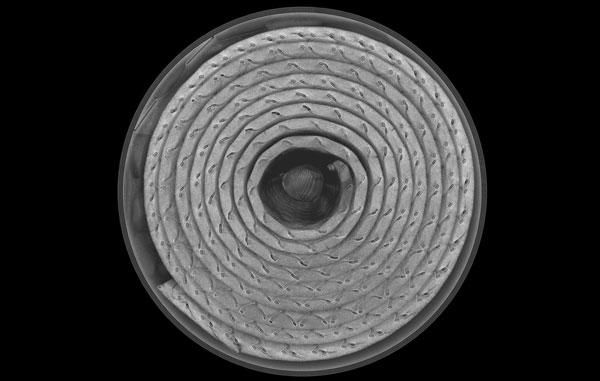Full Battery CT Inspection
Computed Tomography for Batteries
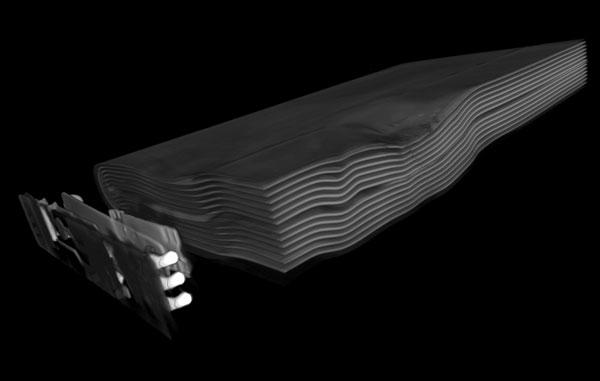
Batteries are used and depended upon in thousands of different applications. From a firefighter’s flashlight, to a mobile device to a defibrillator, battery testing and failure analysis is important in helping to improve design and confirm the correct function of internal features. Digital radiography and computed tomography X-ray inspection examines the internal electrode arrangement after assembly and checks for any defects. X-ray inspection can help you understand the layout of the cathode and anode, accurately measure internal linear distances and alignments, quality of electrical contacts, short circuits and misaligned components and more.
Lead sheets or lithium sheets are rolled together to produce a battery called a jelly roll. With CT (computed tomography), you can see if it’s twisted, if there is any nicked material, and look for the correct length and fitment. Inspection can aid in identification or misplaced internals, and signs of holes and or voices in the stacked layers. With 4D technology, shown in the video below, you can see what happens to the battery when it’s depleted vs. non depleted. You can also inspect for jelly-roll concentricity, alignment and telescoping.
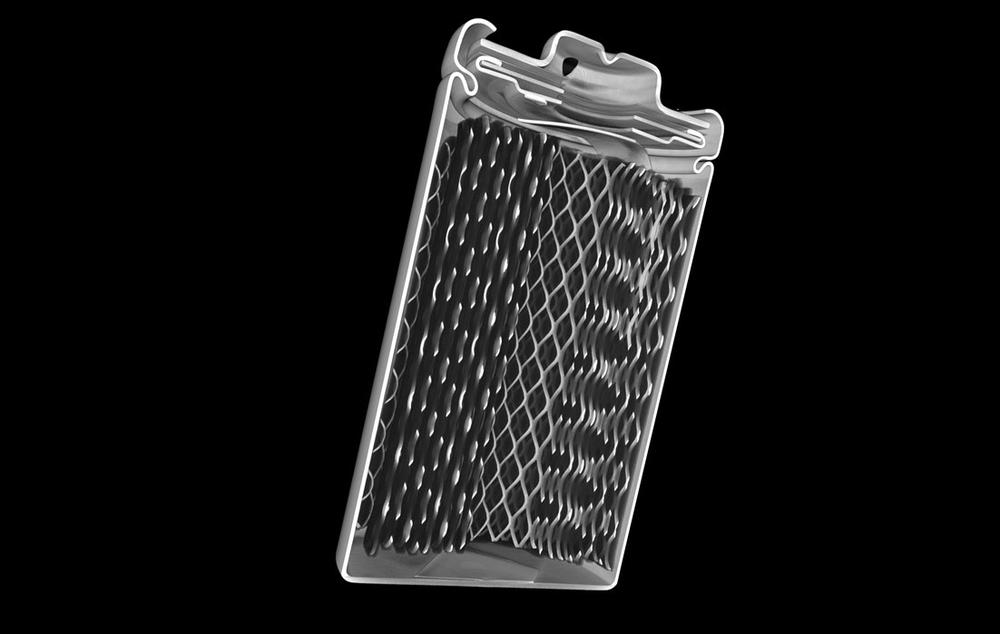
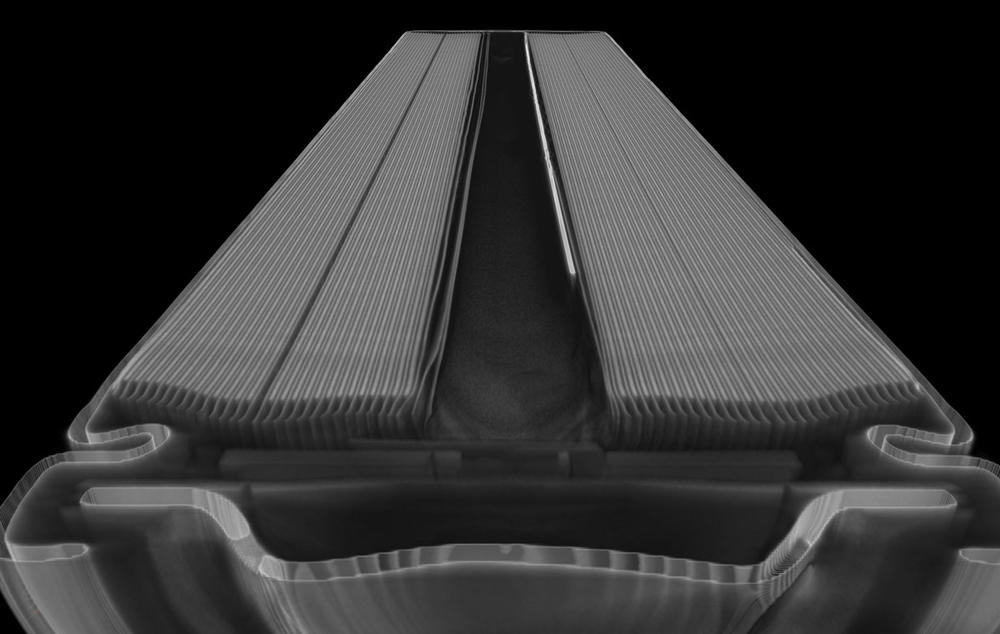
Lithium batteries have high energy and can generate heat. Batteries are encased in stainless steel to make sure they don’t leak or cause any harm. With CT, you can look at the welding used to encase the battery, making sure the wall is the correct thickness and not too thin. If the wall is too thin, it could break and cause harm.
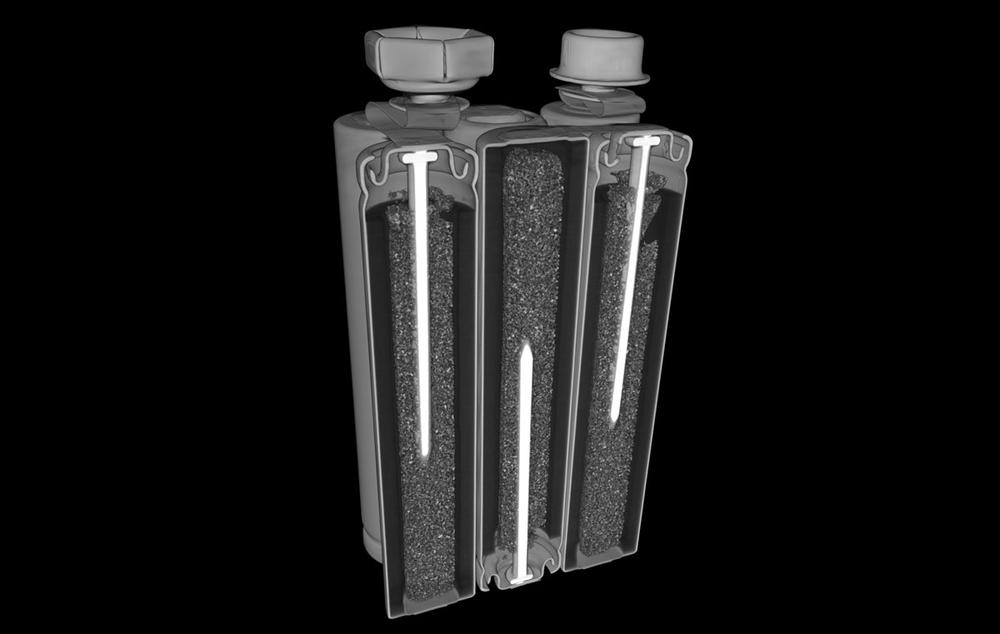
Accurately measure internal linear distances and alignments, quality of electrical contacts, short circuits and misaligned components.
With computed tomography, 100% battery inspection is achievable. Full inspection can be done in seconds per part with an automatic pass/fail signal output. For more in depth data, it is possible to link to factory QC, SPC or SCADA systems. Batch or laboratory R&D versions are available.
